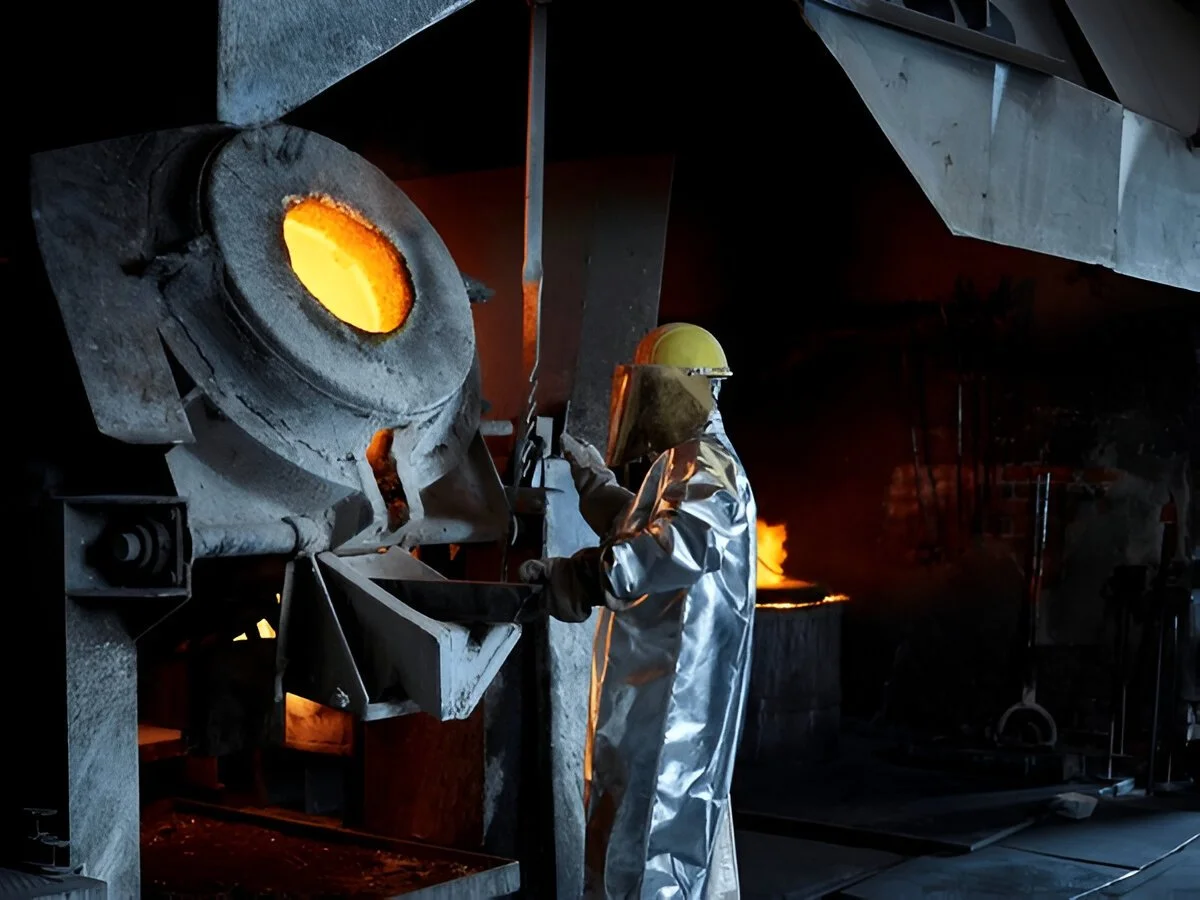Industrial manufacturing is constantly evolving, with new technologies reshaping the way products are made. One such innovation is microfusion. It is a highly precise casting technique that is revolutionizing various industries, from aerospace to medical devices. Microfusion is also known as investment casting or lost-wax casting. It allows manufacturers to create intricate components with exceptional accuracy.
If you're wondering how microfusion can enhance industrial production, following are the top five benefits of this cutting-edge manufacturing process.
1. Exceptional Precision and Detail
One of the most significant advantages of microfusion is its high level of precision. Unlike traditional casting methods, microfusion allows manufacturers to create components with intricate geometries, fine details, and complex shapes.
Why This Matters:
- Ideal for industries requiring small, high-precision parts, such as aerospace, medical devices, and automotive engineering.
- Reduces the need for post-processing or machining, saving time and costs.
- Enables the production of thin-walled and lightweight parts without sacrificing durability.
For example, in the medical field, microfusion is used to create biocompatible implants with extreme accuracy, ensuring a perfect fit for patients.
2. Superior Surface Finish
Traditional manufacturing methods often leave rough or uneven surfaces that require additional polishing. Microfusion, however, produces parts with a smooth and refined surface finish straight from the mold.
- Reduces the Need for Extensive Finishing: Traditional techniques like machining, grinding, or polishing can be time-consuming and costly. Microfusion significantly cuts down on these extra steps, leading to faster production and lower costs.
- Enhances Aesthetic Appeal: In industries where appearance matters—such as luxury watchmaking, high-end jewelry, and premium automotive parts—a flawless surface finish is essential. Microfusion delivers a sleek and elegant look without the need for additional refinements.
- Boosts Mechanical Performance: A smoother surface isn't just about looks; it also improves functionality. In mechanical components, reduced surface roughness minimizes friction, leading to better efficiency, less wear and tear, and an extended lifespan of the part.
For instance, aerospace turbine blades produced through microfusion have a smooth finish that minimizes air resistance and improves fuel efficiency.
3. Reduced Material Waste
Traditional machining techniques often involve cutting, grinding, and shaping raw materials, which results in significant material waste. In contrast, microfusion employs a near-net-shape manufacturing approach, meaning that components are cast with precise dimensions, requiring minimal post-processing. This not only optimizes material usage but also enhances efficiency across various industries.
Why Manufacturers Prefer Microfusion:
Significantly Reduces Material Waste: Since microfusion molds parts close to their final shape, there is little to no need for excessive trimming or reshaping. This is particularly beneficial when working with high-cost materials like titanium, platinum, or aerospace-grade alloys, where every gram saved translates into substantial cost savings.
Boosts Sustainability & Reduces Environmental Impact: Less material waste means fewer raw resources are consumed, reducing the burden on mining and material extraction. Additionally, decreased scrap production lowers energy usage, making microfusion an eco-friendlier alternative compared to traditional methods.
Maximizes Material Efficiency: By utilizing raw materials more effectively, manufacturers can increase production yields and optimize supply chains, reducing the overall cost of production.

A Growing Trend in Sustainable Manufacturing
Industries committed to sustainability and waste reduction are rapidly adopting microfusion as a solution to minimize their environmental footprint. From aerospace and medical implants to high-end jewelry and automotive components, companies are embracing this innovative process to achieve greater efficiency while meeting stringent environmental regulations.
4. Versatility in Material Selection
Microfusion is highly adaptable when it comes to material choice. It supports a wide range of ferrous and non-ferrous metals, including:
- Stainless steel
- Titanium
- Aluminum
- Cobalt-chrome alloys
- Nickel-based superalloys
Why This Is The Best Choice:
- Enables manufacturers to select the best material for specific applications (e.g., corrosion-resistant alloys for marine equipment).
- Allows for the production of high-strength, lightweight parts essential in aerospace and defense.
- Supports medical-grade metals for prosthetics and surgical instruments.
This flexibility ensures that microfusion can be used across multiple industries with varying material requirements.
5. Cost-Effective Mass Production
Despite its high precision, microfusion is surprisingly cost-effective, especially for high-volume production runs. The investment casting molds used in this process can be reused multiple times, making it an economical choice for manufacturers.
How It Saves Costs:
Minimizes Machining Requirements: By producing near-net-shape components, microfusion eliminates the need for multiple machining steps, reducing material waste and tool wear.
Lowers Labor Expenses: Since the process results in high-precision parts with minimal surface imperfections, there is less need for extensive manual finishing, significantly cutting down labor costs.
Enables High-Volume Production: The ability to produce large batches of identical parts ensures consistent quality while optimizing production speed, leading to lower per-unit costs.
For industries that rely on mass production of intricate, high-quality components—such as automotive, aerospace, and industrial machinery—microfusion offers an efficient and reliable solution. By enhancing scalability and reducing overall expenses, it allows manufacturers to maintain profitability while meeting the growing demand for precision-engineered parts.
Final Thoughts
Microfusion is transforming industrial manufacturing by providing unmatched precision, superior surface finish, material efficiency, and cost-effectiveness. Its versatility makes it suitable for a wide range of industries, from aerospace to medical technology.
As industries continue to demand lighter, stronger, and more complex components, microfusion will play an increasingly important role in the future of manufacturing.
If your business relies on precision engineering, investing in microfusion technology could be the key to enhancing product quality, reducing costs, and improving efficiency.
Thinking About Adopting Microfusion?
Now is the perfect time to explore how microfusion can optimize your manufacturing processes. Whether you’re producing intricate medical implants or high-performance aerospace components, this advanced casting method offers a competitive edge in the rapidly evolving world of modern industry.


